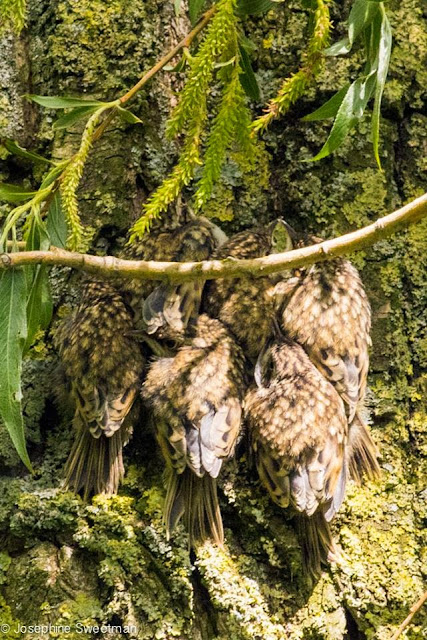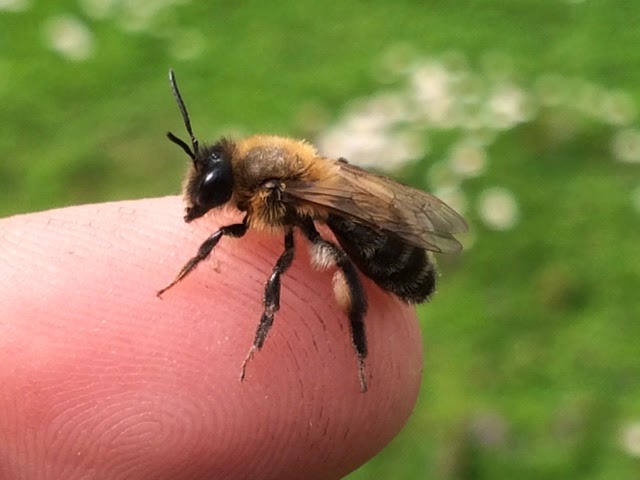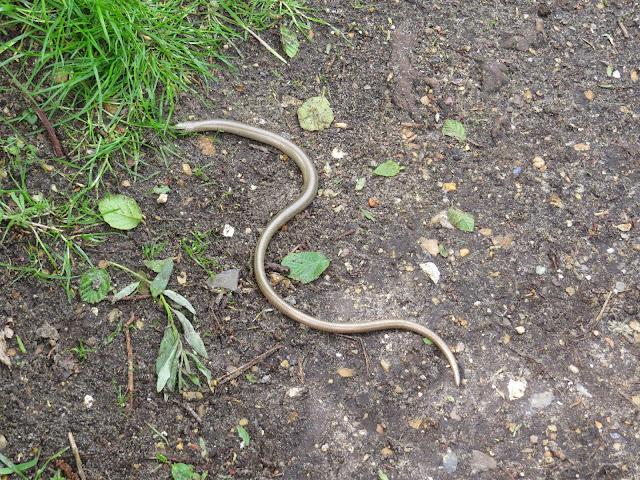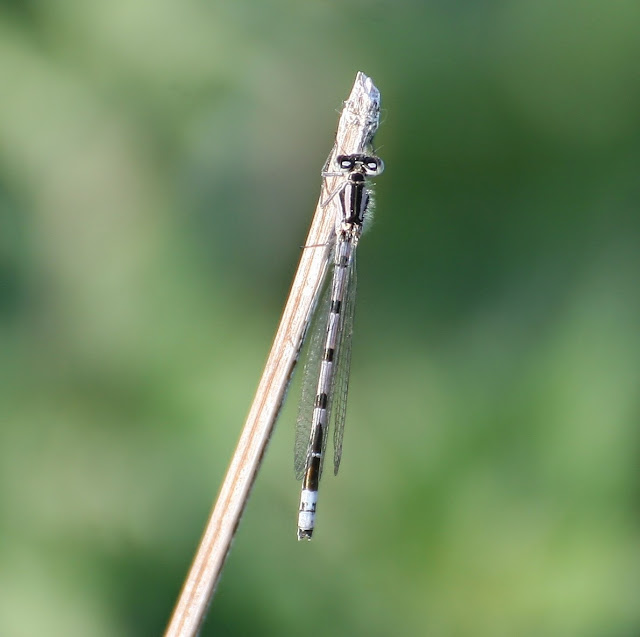Well what a week it’s been at Lackford, with lots of new arrivals to be seen. A common sight this week has been lots of ducklings and goslings wandering around with their very protective parents keeping an ever watchful eye over their precious young. One of these new families was our only pair of red crested pochard’s who were spotted swimming around happily showing off their new additions.
 |
| Red crested pochard and young. |
Ben Alder managed to capture this shot of the Canadian geese and their young down near Ash Carr and posted it to our Facebook page.
 |
| Lackford lakes is ideal for families © Ben Alder |
A little bit further afield and harder to see are the chicks of the shelduck’s, but it’s still worth trying to get a peek if you can and the best place for this is either at Bill’s hide or the double-decker hide looking arose to the Slough.
We also have several great crested grebe’s nesting around the reserve and the best place to see this is at Bess’ hide where 2-3 nests can be seen, one of which is almost in front of the hide. It won’t be long now before we begin to start seeing the grebe chicks, fingers crossed.
If you go to our Youtube channel, you can see the above grebe doing some bond affirming head shaking.
Moorhhen’s and coot’s are also hatching chicks on the reserve at the moment and some of these are actually visible on the visitor centre pond. However, here is a clip from Reed hide taken earlier this week.
Of course, it’s not just about the waterfowl. Josephine Sweetman visited Lackford recently and her sharp eye managed to capture these superbly camouflaged treecreepers.
 |
| Shelduck’s and young |
 |
| Great crested grebe on nest outside Bess’ hide. |
Moorhhen’s and coot’s are also hatching chicks on the reserve at the moment and some of these are actually visible on the visitor centre pond. However, here is a clip from Reed hide taken earlier this week.
Of course, it’s not just about the waterfowl. Josephine Sweetman visited Lackford recently and her sharp eye managed to capture these superbly camouflaged treecreepers.
 |
| Newly fledged treecreepers © Josephine Sweetman |
 |
| Such amazing camouflage © Josephine Sweetman |
As the weeks progress, we are bound to see many more fledglings around the reserve and we look forward to seeing your photos of them. If you are lucky enough to capture these in the viewfinder of your camera and want to share it with us, then please send it as a .jpg file to lackford.centre@suffolkwildlifetrust.org where we will do our best to feature it in the blog. Or you could share it to our Facebook or Twitter (@SWTLackfordLake). We look forward to seeing your photos as do many of our expanding army of followers.
Sarah Steggall emailed us her photos from her visit this week. Sarah was lucky enough to capture another two new arrivals, banded demoiselle and red-eyed damselfly.
 |
| A male banded demoiselle © Sarah Steggall |
 |
| Red-eyed damselfly © Sarah Steggall |
Dragonflies and damselflies can be seen in most places around the reserve as was the case earlier this week when several were ticked off our ‘Return of the Dragons’ list, which can be seen in the centre.
Don’t forget, we want your sightings, so pop into the centre and let us know, you can even sit down with a nice slice of cake and a cuppa tea whilst you tell us about it.
Busy as a bee!
This time of year sees a lot of bees buzzing around the reserve, only a couple of weeks ago, a swarm of honeybees escaped from a hive on an adjacent property and spent the night sleeping on a fencepost on a non-public part of the reserve.
Not a lot of people realise this, but in the UK, there are around 250 species of bee. 24 are bumblebees, 1 species of honeybee and the rest are known as solitary bees. These are small bees that do not live in social groups like honeybees and bumblebees. Instead, they create their own burrow, or find a previously created burrow and fill it with pollen and an egg before sealing it up to allow it to develop over the winter before hatching the following year to begin the process all over again.
 |
| Honeybees resting on a post. |
Some of these bees can be found on the reserve and they are usually much smaller than honeybees. One of these species of bee that has already been found this year on the reserve is the two-coloured mason bee (Osmia bicolor). This bee is rather special in that it lays its eggs inside empty snail shells before filling the shell with small gravel and then it goes off to collect bits of straw and grass to build a teepee around the shell to help camouflage it.
Then there are leaf cutter bees that find old holes in wood or even the holes in bamboo canes that many people have in bug boxes inter gardens. These bees do the same thing but create a chamber inside the hole out of very carefully cut pieces of leaves, before laying an egg in the hole and filling it with pollen and then sealing the chamber with another perfectly cut piece of leaf.
Some bees are tiny, so tiny that they will build their nest chambers inside holes left by nails removed from timbers.
 |
| A tiny (7mm) mining bee. |
Some bees to keep an eye out for on the reserve are tawny mining bees, early mining bees and chocolate mining bees.
 |
| Chocolate mining bee |
 |
| Early mining bee |
 |
| Brown carder bee |
 |
| A mining bee seals off a chamber in a bamboo cane. |
Some of these bees are not mining bees, for just like in the bird world there are cuckoo bees! These bees are kleptoparasites of mining bees and do not build nests or chambers for their young. Instead, they look for the nest holes of other bees and when the host bee is away, they sneak in and lay an egg. This egg will hatch before the egg of the mining bee and will eat all the provisions stored for its original host. Cuckoo bees even exist in bumblebee species, where a similar looking in appearance queen bee, will seek out a nest of its host species, sneak in and will kill the host queen, then it forces they worker bees of the host species to rear the young of the cuckoo bee.
If all this talk of bees has whetted your appetite for more, there will be a one day course on mining bees next year at Lackford, details of which can be obtained by phoning 01473 890089.
Wild for the Weekend
This weekend is Wild for the Weekend -Things with Wings. Come down and see what you can find on the reserve. We will have Wildlife guides around the trails to help you spot the things on your spotter sheet and at 1pm, we will be showing the moths that we caught in our traps the night before.
It’s not only the things that fly in the daytime either, we will be holding a special bat walk on the Saturday (23rd) to hear and see the bats that hunt on the reserve at night. This will start at 9pm and will end around 11pm. This event has limited spaces and BOOKING IS ESSENTIAL. Please phone 01284 728706 to do this, price is £2.50 per person.
Sightings
Turtle dove’s have been spotted and heard on the reserve this week. The best place is on church walk in the early morning or late evening. Nightingale is still singing at the reserve, although not as much as in previous weeks. This week might be the last chance to hear this beautiful song. Hobby’s can still be seen around the sailing lake and over the double-decker hide. Common sandpiper has been spotted from time to time at Steggall’s hide and redshank from Bill’s or double-decker.
Red kites are being seen on a more regular basis at the reserve now and it won’t be long before they are a common sight on the reserve. Hirundines are gathering in large numbers now and often the skies over the reserve are often filled with swifts, swallows and house martins. However, we have yet not been able to coax the swifts into using our swift boxes.
Reed, sedge, garden, willow and cettis warblers can still be heard singing around the reserve, many of these just from the centre car park. Another bird often heard but not seen on the reserve is the cuckoo. This is often heard calling around the sailing lake. Lesser whitethroat and whitethroat can be heard and seen down towards Reed hide and treecreepers and nuthatch’s in Ash Carr.
Don’t forget to pop into the centre to see the sightings board when you arrive, things move around all the time and it’s worth checking first. Also please pop into the centre to add your sightings to the board regardless of how common you may think it is. We have visitors from across the UK and further afield who don’t see the birds that we get in their regions.
Stoat was seen to chase and catch a rabbit down at Ash Carr this week as well as still being seen around the visitor centre much to everyones delight. Also spotted this week and causing a commotion for some birds were otters. These were spotted from Bess’ hide and captured on camera by Andy Johnson and share on Twitter (@SWTLackfordLake).
Butterflies are still everywhere to be seen and this will be one of the last weeks where you will get to see orange-tip’s as the end of their season approaches.
 |
| Otter gets mobbed by a black-headed gull © Andy Johnson |
 |
| Tucking into a tasty crayfish snack © Andy Johnson |
 |
| A close up shot from © Alan Reynolds |
 |
| Not the loch ness monster, it’s an otter © Alan Reynolds |
Butterflies are still everywhere to be seen and this will be one of the last weeks where you will get to see orange-tip’s as the end of their season approaches.
Don’t forget, we want your sightings, so pop into the centre and let us know, you can even sit down with a nice slice of cake and a cuppa tea whilst you tell us about it.














